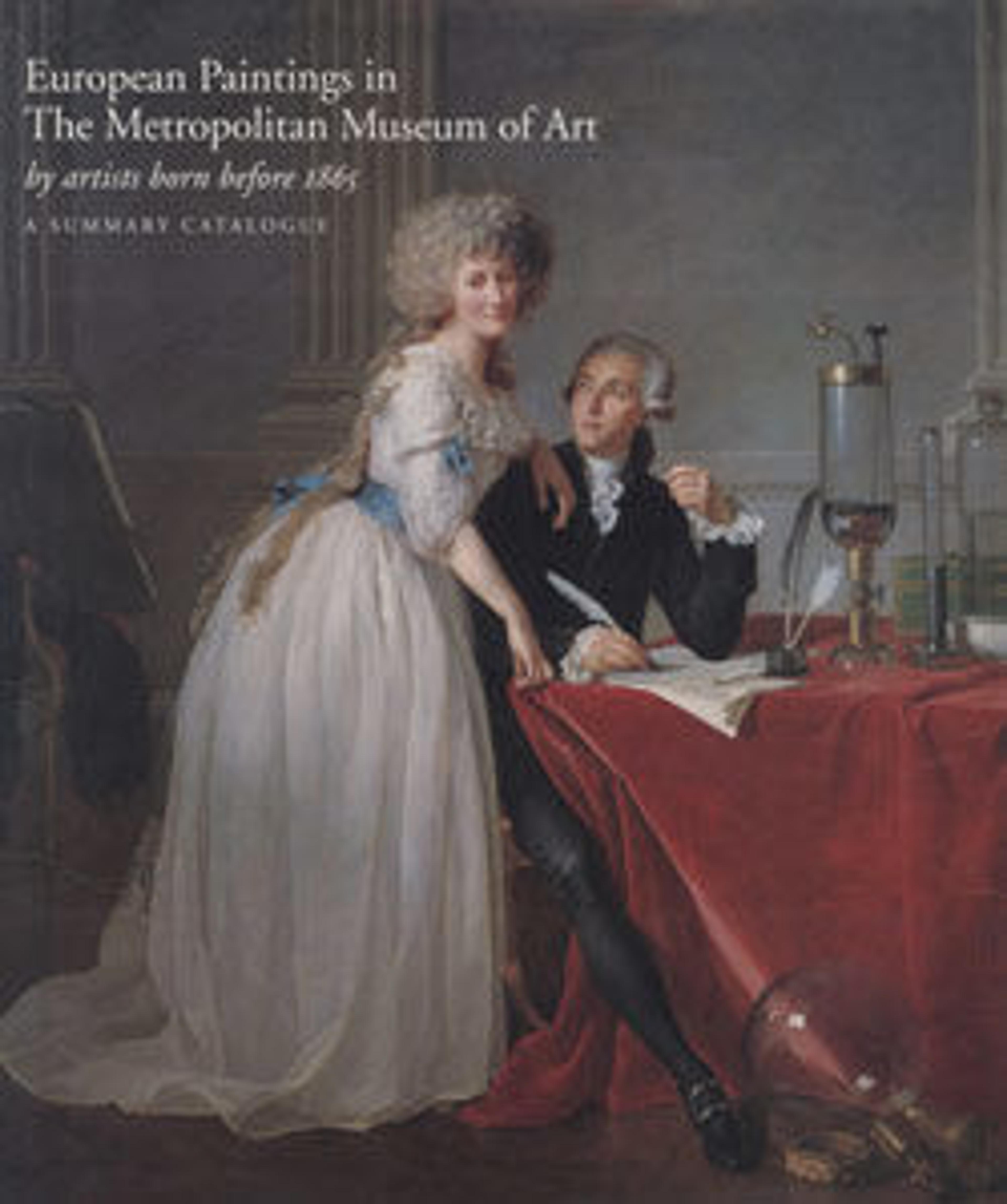Herodias
Herodias—the mother of Salome—swoons at the sight of the head of John the Baptist, which she had urged her daughter to demand on a platter as a reward for her dance. Unfortunately, the bottom of the canvas was cut to eliminate the grisly detail of John’s head. Cairo made something of a specialty of grisly subjects, combining acts of violence and a kind of morbid eroticism. The picture was painted in Turin, where the artist was court painter to Duke Vittorio Amedeo I of Savoy (1587–1637) between 1633 and 1637.
Artwork Details
- Title:Herodias
- Artist:Francesco Cairo (Italian, Milan 1607–1665 Milan)
- Date:before 1635
- Medium:Oil on canvas
- Dimensions:29 5/8 x 24 5/8 in. (75.2 x 62.5 cm)
- Classification:Paintings
- Credit Line:Gift of Paul Ganz, in memory of Rudolf Wittkower, 1973
- Object Number:1973.165
- Curatorial Department: European Paintings
More Artwork
Research Resources
The Met provides unparalleled resources for research and welcomes an international community of students and scholars. The Met's Open Access API is where creators and researchers can connect to the The Met collection. Open Access data and public domain images are available for unrestricted commercial and noncommercial use without permission or fee.
To request images under copyright and other restrictions, please use this Image Request form.
Feedback
We continue to research and examine historical and cultural context for objects in The Met collection. If you have comments or questions about this object record, please contact us using the form below. The Museum looks forward to receiving your comments.
